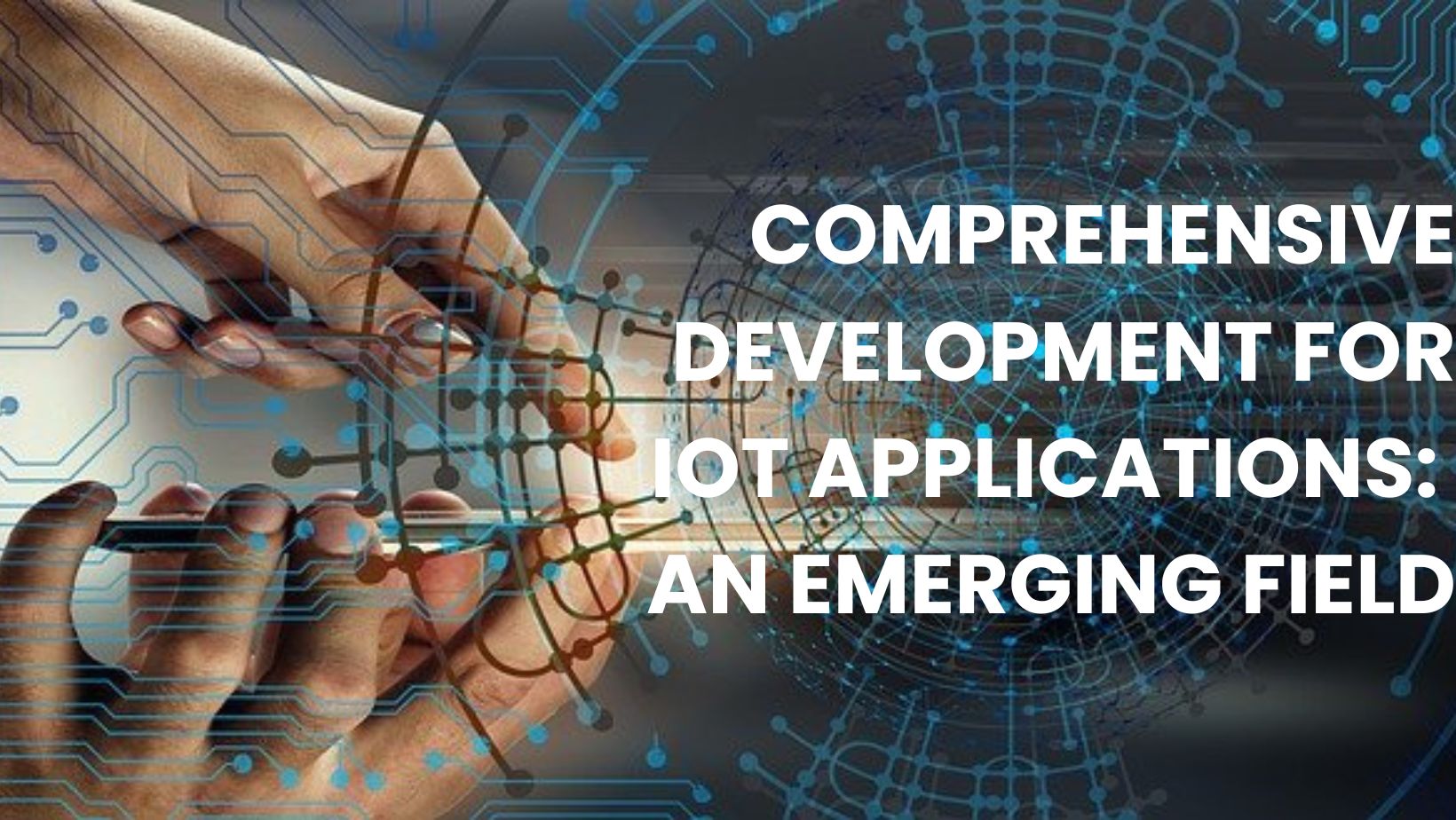Comprehensive Development for IoT Applications: An Emerging Field
 Shivanshi Singh
Shivanshi Singh
Introduction to IoT and Full Stack Development
The Internet of Things (IoT) is revolutionizing the way devices interact with each other and with users. As IoT applications continue to grow in industries like healthcare, manufacturing, and smart homes, the demand for skilled professionals who can develop and maintain these systems is also on the rise. Full stack development, with its ability to manage both front-end and back-end technologies, plays a pivotal role in building scalable, efficient, and user-friendly IoT applications.
In the context of IoT, full stack developers are responsible for creating seamless interactions between connected devices, user interfaces, databases, and the server infrastructure.
The Role of Full Stack Development in IoT
1. Front-End for IoT Devices
In IoT applications, the front-end encompasses user interfaces that allow users to interact with connected devices. These interfaces must be intuitive and responsive across a range of platforms such as mobile apps, web interfaces, and custom dashboards. Full stack developers use technologies like HTML, CSS, JavaScript, React, and Angular to create user-friendly interfaces for monitoring and controlling IoT devices.
2. Back-End for Data Management and Processing
The back-end of IoT applications is responsible for processing the massive amount of data collected by connected devices. This data must be stored, analyzed, and managed efficiently. Full stack developers work with databases (SQL, NoSQL), APIs, and server-side technologies like Node.js, Python, or Java to ensure seamless communication between devices, the cloud, and the user interface.
3. Middleware for Communication Between Devices and Servers
Middleware is the layer that facilitates communication between IoT devices and the back-end server. Full stack developers may work with IoT-specific protocols like MQTT and CoAP to ensure that devices communicate reliably with the cloud and server infrastructure.
Essential Technologies for Full Stack IoT Development
1. IoT-Specific Frameworks and Protocols
Full stack developers need to be familiar with protocols like MQTT, CoAP, and AMQP that enable efficient communication between IoT devices and servers. IoT-specific frameworks such as Node-RED are also important for creating event-driven applications for connected devices.
2. Cloud Platforms
IoT applications require cloud infrastructure to handle data storage, processing, and management. Full stack developers must understand how to integrate cloud services like AWS IoT, Microsoft Azure IoT, and Google Cloud IoT into their applications for scalability and real-time data processing.
3. Data Security
With the vast amount of data generated by IoT devices, security is a top priority. Full stack developers must implement security measures such as encryption, authentication, and secure APIs to protect user data and ensure the integrity of IoT systems.
Challenges in Full Stack IoT Development
1. Scalability
IoT systems often involve a large number of connected devices. Ensuring that an IoT application can scale to handle increased device connections, data traffic, and user interactions is a key challenge for full stack developers.
2. Real-Time Data Processing
IoT devices generate vast amounts of data in real time. Full stack developers need to implement architectures and technologies that can process and analyze data in real time without compromising performance.
3. Device Interoperability
IoT devices from different manufacturers may use various protocols and standards. Full stack developers must ensure that their applications can communicate with a diverse range of devices, ensuring smooth interoperability.
Opportunities in Full Stack IoT Development
As IoT continues to grow, the demand for full stack developers with expertise in IoT is expected to rise significantly. For those looking to specialize in this field, pursuing full stack developer training in Noida, Delhi, Meerut, Chandigarh, Pune, and other cities located in India can open doors to career opportunities in industries such as healthcare, agriculture, manufacturing, and smart cities, where IoT technologies are improving efficiency and delivering innovative solutions.
Conclusion
Full stack development is becoming increasingly important in the world of IoT applications. Developers who can manage both the front-end and back-end of IoT systems, while ensuring data security, real-time processing, and scalability, are in high demand. As IoT continues to evolve, full stack development will play a critical role in shaping the future of connected devices and smart technologies.
Subscribe to my newsletter
Read articles from Shivanshi Singh directly inside your inbox. Subscribe to the newsletter, and don't miss out.
Written by

Shivanshi Singh
Shivanshi Singh
I am a Digital Marketer and Content Marketing Specialist, I enjoy technical and non-technical writing. I enjoy learning something new. My passion and urge is to gain new insights into lifestyle, Education, and technology.